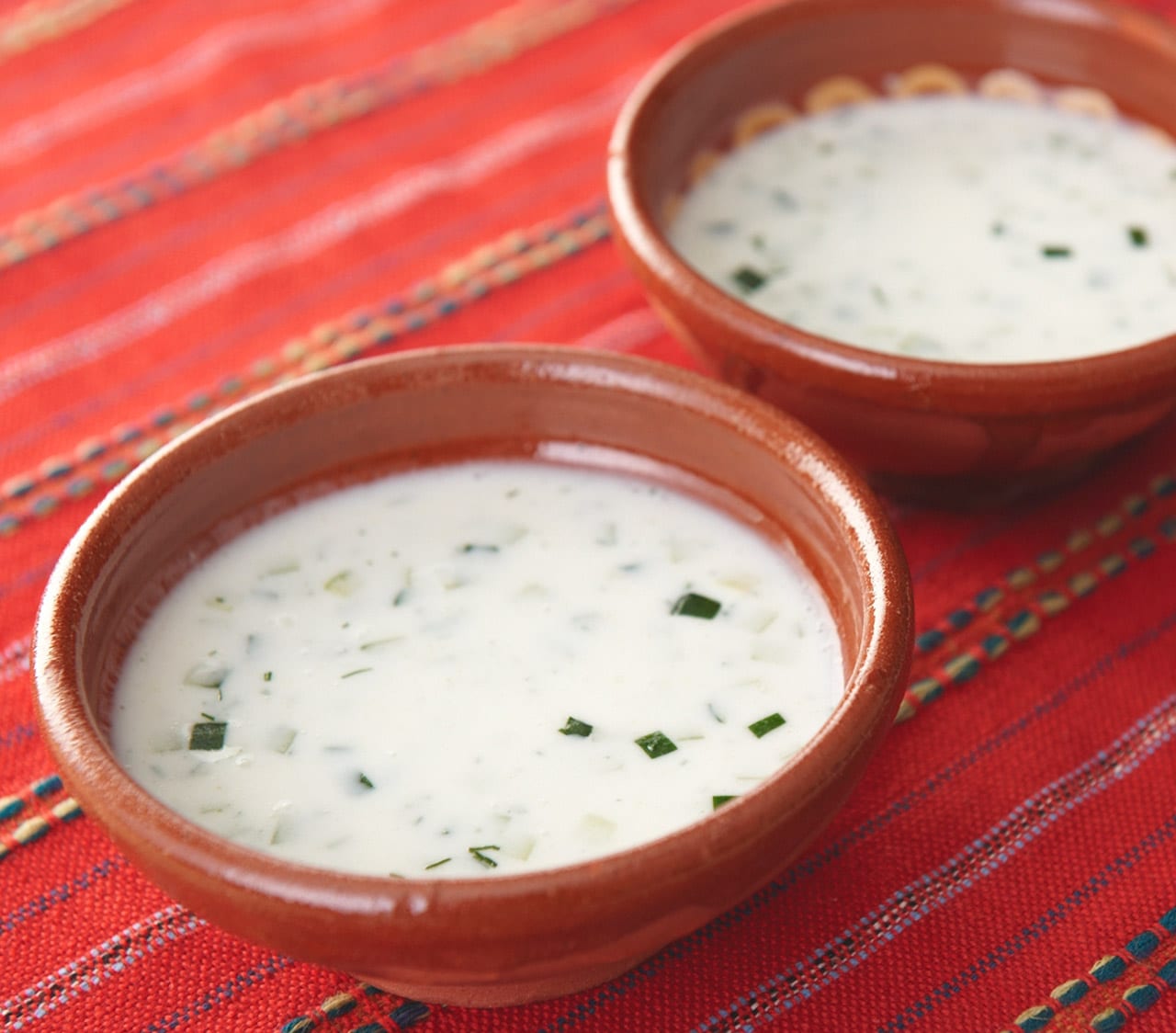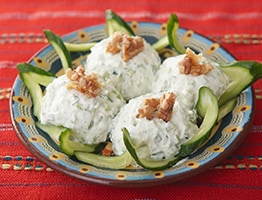- What kind of country is Bulgaria? Where is it located?
- Culture of Bulgaria: Roses and Bulgarian wine
- A country rich in history,
with nine UNESCO World Heritage Sites - Smolyan, Bulgaria, a town with
a reputation for longevity - Bulgarian dining table
- First day of the year for making yogurt
- Bulgaria's Liberation Day
The Republic of Bulgaria is located in Southeastern Europe, on the eastern Balkan Peninsula which juts out between the Mediterranean Sea and the Black Sea. Its capital city, Sofia, is on the same latitude as Chitose City in Hokkaido, Japan, but its climate is more temperate due to the effects of the Mediterranean.
The country’s land area is about 110,000 km2, which is roughly one-third that of Japan.
Its topography includes a diverse range of plains, hills, and mountains. As the Balkan Mountains run across the central part of the country from east to west, about 40% of the land consists of hilly terrain ranging from 200 to 600 m above sea level, while about 27% of the land is mountainous terrain more than 600 m above sea level; thus, only 30% of the country is low land below 200 m.
As it is one of the most naturally blessed Balkan countries, Bulgaria’s sovereignty has been violated numerous times throughout its long history. But Bulgaria has endured through those hardships over the years and proudly protected its unique culture.
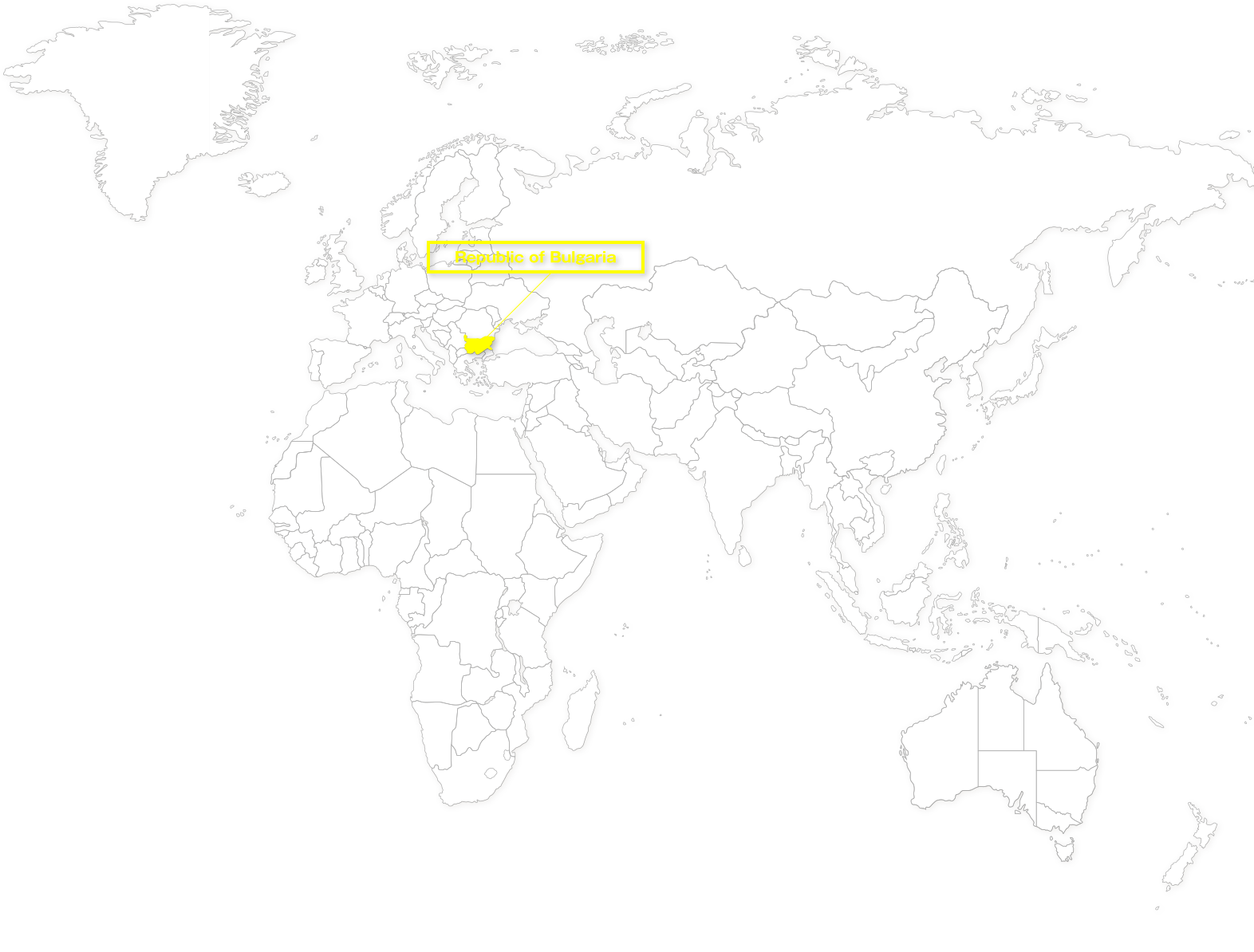
Bulgaria is globally famous for several types of products.
While Bulgaria is usually associated with yogurt in Japan, the country is renowned for its roses and wines in Europe.

The rose oil produced in the Rose Valley stretching along the foot of the Balkan Mountains is exported to France and other countries around the world as an ingredient for perfumes, and has a significant share of the global market.
During the blooming season from May to June each year, the entire Rose Valley becomes filled with red and pink rose flowers, as groups of female rose-pickers, clad in beautiful ethnic dresses, work in the fields in festive fashion.
The town of Kazanlak, which is known as the capital of the Rose Valley and hosts the Rose Festival, attracts large numbers of tourists.

Bulgarian wine is one of the country’s long-standing cultural heritages, originating during the ancient era of the Thracians more than 4,000 years ago. The craft of winemaking has always been widely practiced in Bulgaria, and the country has long been known as a good wine producer in Europe.
While wines consumed in Japan are usually imported from France, Italy, and the so-called “new worlds” such as Australia, Chile, California, etc., Bulgarian wines, already known to be great in Europe, have been imported into Japan in larger volumes in recent years.
Would you like to try your first glass of universally popular, smooth Bulgarian wine?
Bulgaria – the home of our Bulgaria Yogurt – has a long and rich history, and its capital of Sofia is considered one of the oldest cities that still exist in Europe. Bulgaria, which is renowned as the jewel of the Balkans for its rich nature and long history, has a number of UNESCO World Heritage Sites. For example, the ancient city of Nesebar, located on the coast of the Black Sea, still has relics preserved from the era of the Roman Empire and churches from the 5th through 17th centuries. The Thracian Tomb of Kazanlak and the Thracian Tomb of Sveshtari that still remain today even date back to ancient times before the start of the Common Era. Other World Heritages in Bulgaria include the Madara Rider, one of the largest extant sculptures in Europe, the Rila Monastery, which is the main Bulgarian Orthodox monastery with impressive medieval design, and the Boyana Church and the Rock-hewn Churches of Ivanovo, which still exist just as they did during the era of the Kingdom of Bulgaria. In addition, the country’s World Natural Heritage Sites such as the Srebarna Nature Reserve and Pirin National Park are symbolic of the beautiful natural terrain found in Bulgaria.
As with the rest of Europe, Bulgaria has had a very complex and tumultuous history. In olden times, the country was invaded by Ancient Greece, the Roman Empire, and the Byzantine Empire. Bulgaria was then controlled by Turkey for roughly 500 years from the late 14th century. However, Bulgaria has endured those long and difficult times thanks to its spirit of independence and has maintained its unique culture over the years.
Bulgaria, located on the eastern edge of Europe where Eastern and Western cultures converge, is home to various cultural heritages. For example, the precursor language that later became the Cyrillic script and that exerted a significant linguistic impact on Eastern Europe and Russia, was invented in Bulgaria.
So next time you enjoy your yogurt, allow your mind to consider the proud history of Bulgaria.
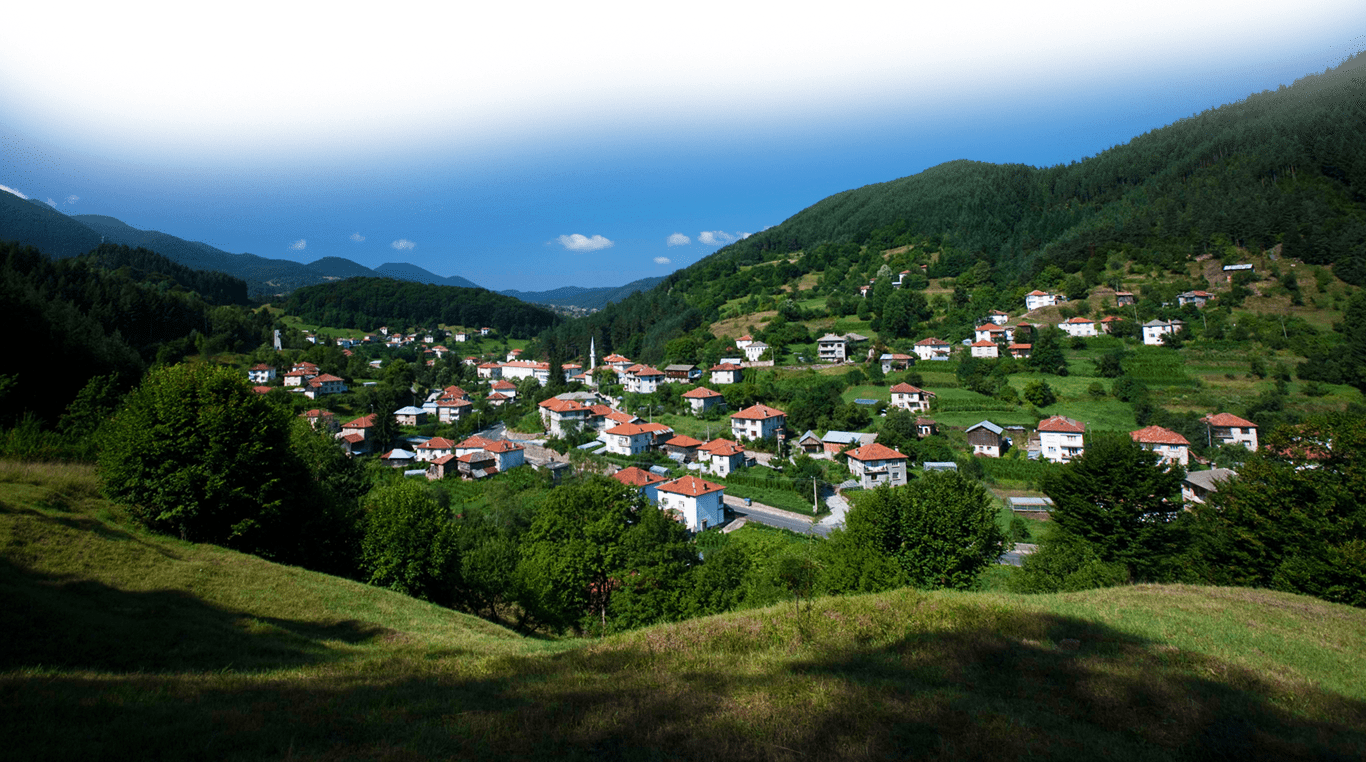
When Dr. Mechnikov won the Nobel Prize for his discovery of phagocytes, the Bulgarian Province of Smolyan suddenly attracted global attention as the city of longevity.
The Province, located in South Bulgaria in the mountain area bordering Greece and famous for its beautiful scenery featuring the Rhodope Mountains and the rapid rivers running through the valleys, has a large percentage of its population in their 80s and older. Even centenarians are not too difficult to find.
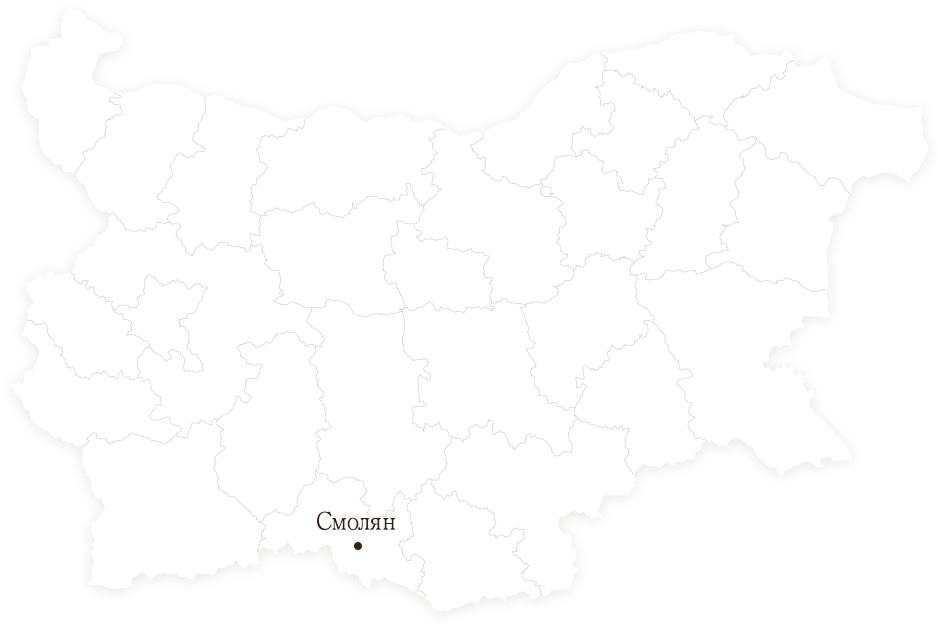
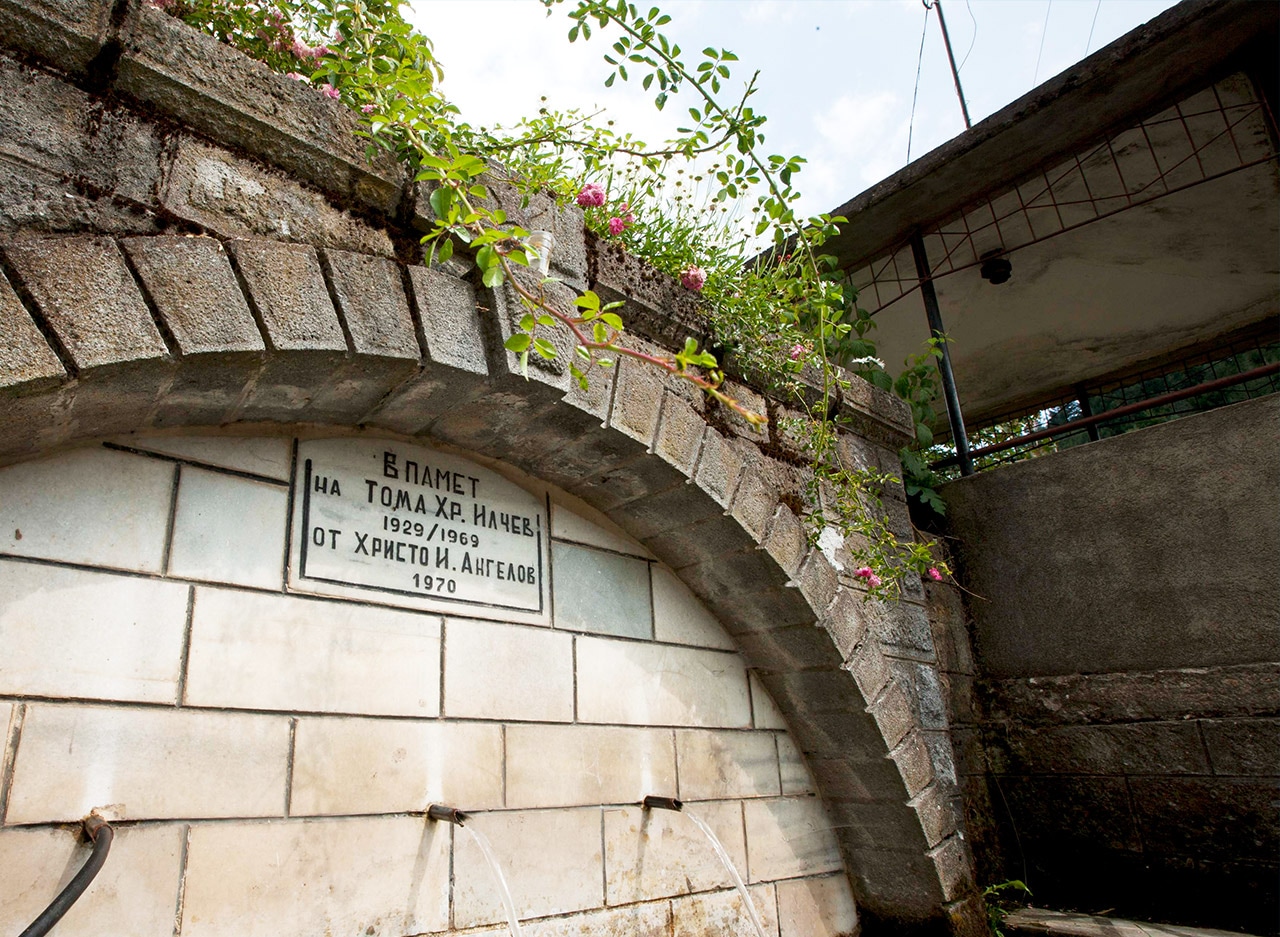
The fact that many healthy and vibrant elderly people can be found in Smolyan could be attributed to their dietary lifestyle, which involves large amounts of yogurt and vegetables, along with the favorable natural environment.
Although Smolyan is situated in a remote basin with an elevation of 1000 m, it is a remarkably well-developed city for being in such a secluded area, and has been chosen as a destination for inviting diplomatic corps in the past.
Yogurt is an essential food found on dining tables in Bulgaria, and the people living in the country’s mountainous regions are especially known for making delicious yogurt at home.
In Bulgaria, yogurt is considered a staple food.
Typical side dishes include meat cuisines such as kebapche and kjufte (meatballs) as well as Bulgarian-style stew kavarma, kebab, and other internationally known dishes. Yogurt is often used in large amounts as a secret ingredient of these delicious dishes.
Another feature of Bulgaria’s culinary culture is the consumption of lots of vegetables. Shopska salad is a good example, as it typically includes large amounts of tomato, cucumber, bell peppers, and onions cut up, with grated cheese sprinkled on top.
The Meiji Bulgaria Yogurt Club provides recipes that have been arranged to suit the taste of people living in Japan. Please try them.
No matter where you go in the world, you can always find a close relationship between the people’s culinary culture and annual festivities, and this is true in Bulgaria, too. In Bulgaria, people have traditionally eaten yogurt not only to maintain good health but also as a key item for celebrating the changing of the seasons during important events.
For example, on Saint George’s Day, people in Bulgaria must put yogurt on their dining tables to celebrate the holiday. This holiday is for Saint George, a martyr in Christianity who is considered to be the guardian god for shepherds and domestic animals. As it marks the first day of pasturage for their livestock, the holiday is filled with various rituals to pray for the health of the animals and good harvests.
As Bulgarian people did not milk their cows during winter in the old days, Saint George’s Day on May 6 has been celebrated actively as the first yogurt-making day of the year, with the hopes that their animals will stay healthy and that harvests will be good. Traditionally, the people mix their first milk of the year with a brand new starter (seed bacteria) to ferment and make yogurt. All family members and villagers living in the communities are often invited to each other’s places to eat the yogurt together.
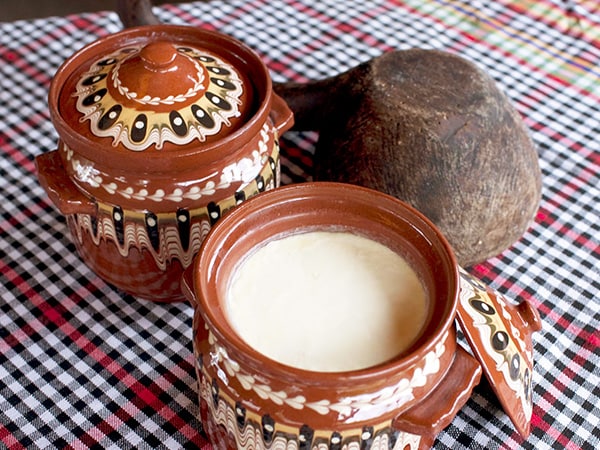
When people in Bulgaria make their starter cultures each year, it is a crucial process as it will determine the flavor of their yogurt for the rest of the year. In the morning of the first yogurt-making day, people go outside to collect the morning dew from plants that are rich in lactic acid bacteria, put it in milk, and ferment it to make their yogurt. Once they succeed in making delicious yogurt, they can take part of it as a starter for adding to another container of milk, to keep making the same-tasting yogurt for the family for the rest of the year.
This process of yogurt making continues until Saint Dimitar's Day on October 26, which marks the end of summer. From this day until the next Saint George’s Day comes, people only eat the yogurt that they have previously made and stored.

March 3 is Bulgaria’s Liberation Day.
The date is very important as it marks the time in Bulgaria’s history when it was finally liberated from the control of the Ottoman Empire that had lasted for 500 years.
During the prolonged occupation of the entire Balkan Peninsula including Bulgaria by the Ottoman Empire, the people of Bulgaria tried to revolt repeatedly but were suppressed by the army each time.
In 1877, when the Russians, who were scheming to take over the Balkans, declared war on the Ottoman Empire to gain access to the Mediterranean, under the pretense of rescuing the Slavs who were being oppressed by the Ottoman Empire, the Russo-Turkish War erupted.
Bulgaria sent 7,500 military volunteers to fight in the war, which helped the Russian army defeat the Ottoman Empire. Bulgaria was liberated in 1878, and the people became free at last as a result of their valiant efforts.
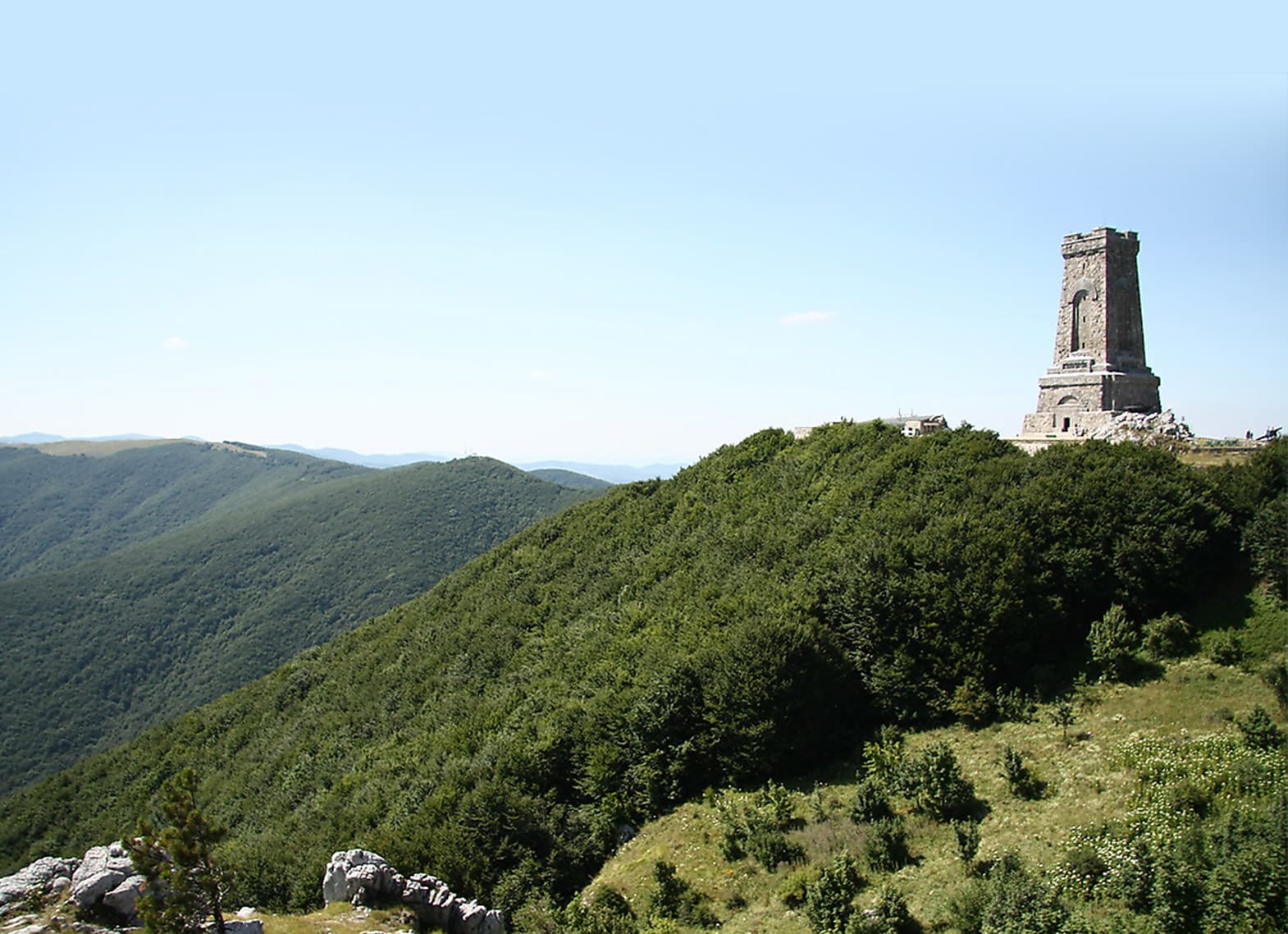
On March 3 each year, people gather around the Monument of the Unknown Soldier in Sofia, the capital city, to commemorate the soldiers who died in the war against the Ottoman Empire and liberated their country, and conduct solemn mourning rituals.
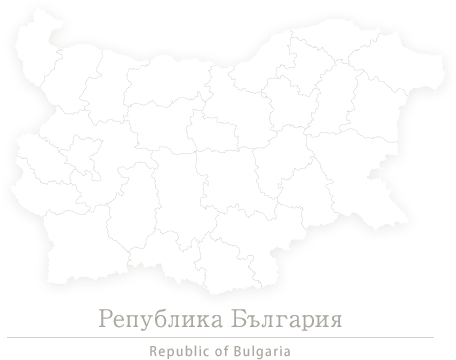

![Република България Republic of Bulgaria[Birthplace of Yogurt]](/pc/en/about/images/bulgariabook/ttl_en.png)









